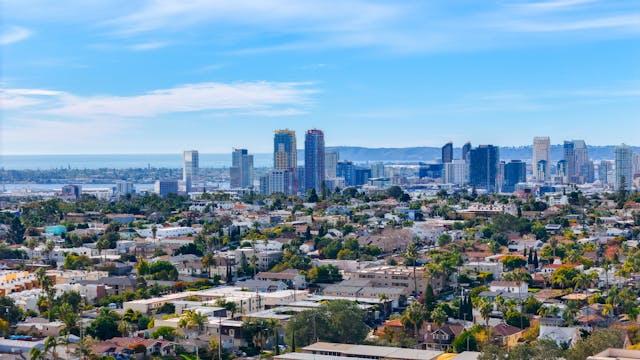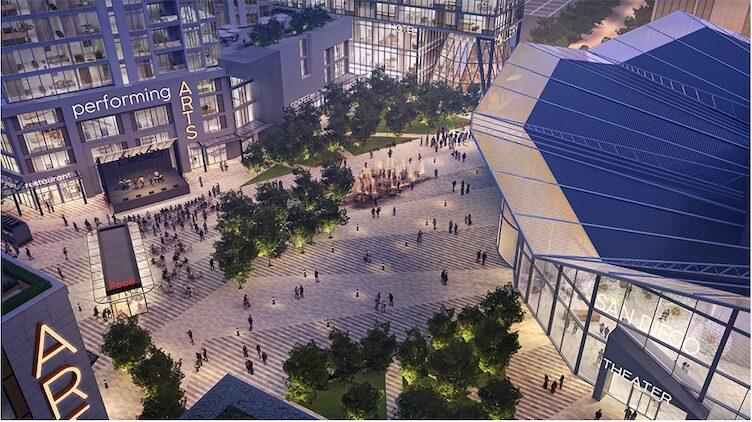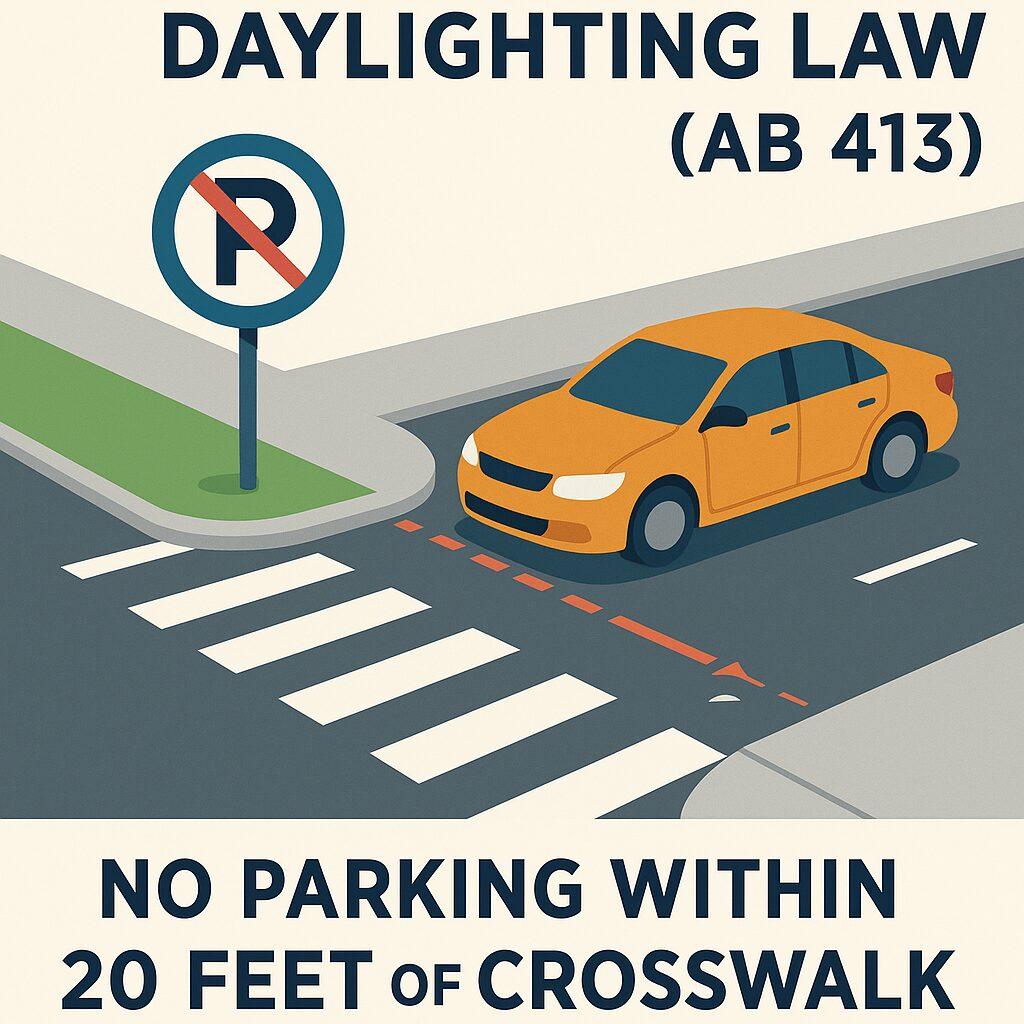Homes are increasingly selling below asking price in 2025, yet affordability remains a major challenge, with median prices still around $850,000.
The San Diego housing market is cooling, with more than half of homes selling below their asking price—yet the region remains one of the most unaffordable in the country, and many working families are still locked out of homeownership.
In February 2025, 51% of homes sold in San Diego County closed below their original listing price, up from 42% a year earlier, according to local housing data. The shift reflects a national trend toward greater buyer leverage, with more inventory on the market and fewer bidding wars compared to the pandemic-era frenzy.
Buyers Gaining Negotiating Power
Across the U.S., 44.4% of home sales in the first quarter of 2025 included seller concessions such as covering closing costs, offering repair credits, or helping buyers reduce mortgage rates—up from 39.3% during the same period in 2024, according to a Redfin analysis. These adjustments suggest that sellers are making more compromises to close deals.
Housing analysts say this represents a shift from the ultra-competitive environment of recent years, with buyers now more willing to negotiate and take their time, rather than rush into overbidding scenarios.
Affordability Remains a Major Obstacle
Despite more favorable conditions for buyers, affordability remains a persistent barrier. As of March 2025, the median home price in San Diego was approximately $850,000. To afford that price with a traditional mortgage, households would need an annual income near $243,000, according to a January 2025 Axios report. That figure far exceeds the region’s median household income.
“Homes may be listing for slightly less or selling under asking price, but that doesn’t mean they’re suddenly affordable,” according to the San Diego Housing Federation, a nonprofit advocating for equitable housing solutions. “Most working families still can’t qualify without substantial help or dual incomes.”
Policy and Supply Gaps
Analysts describe the current shift not as a market collapse, but as a normalization following the unsustainable price spikes of 2020 to 2022. The rise in seller concessions and the decline of overbidding suggest a return to more balanced negotiations between buyers and sellers.
Still, the deeper structural issues persist. Housing supply continues to lag behind population growth, while inflation has outpaced wage increases. Local officials have pledged to streamline zoning rules and expand affordable housing, but advocates argue that meaningful progress will require bold, long-term policy action.
For now, San Diego’s real estate market exists in a paradox: buyer conditions are improving, yet affordability continues to worsen—leaving many families stuck on the sidelines of homeownership.







